What is a BARF Diet for Dogs, and Why You Should Transition
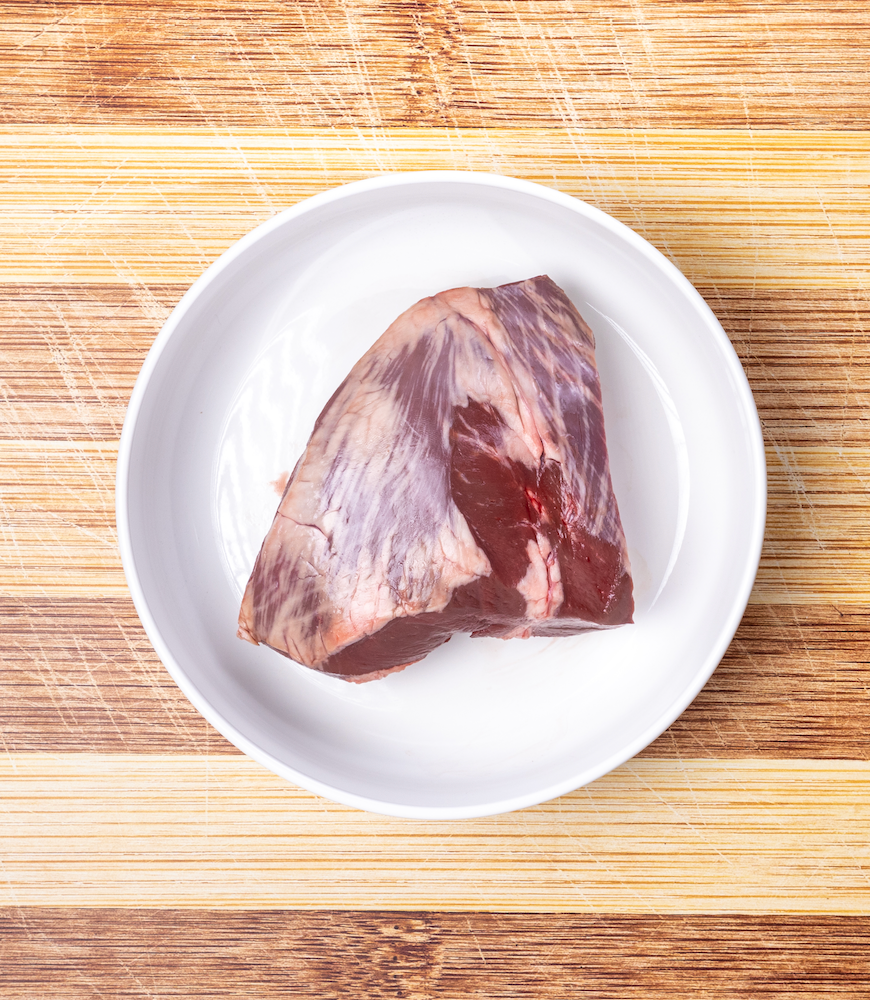
Are you searching for a healthier, more natural diet for your beloved canine companion? Look no further! The BARF diet for dogs, which stands for Biologically Appropriate Raw Food, offers a fresh perspective on canine nutrition, closely mimicking the natural eating habits of dogs in the wild. In this article, we’ll explore the benefits of this raw food diet, its components, and how to transition your dog to a BARF diet for optimal health.
Key Takeaways
-
The BARF diet is a raw food diet for dogs that replicates their natural eating habits in the wild and offers numerous health advantages.
-
It consists of raw meaty bones, muscle meats, organ meats and supplements to provide complete nutrition.
-
Customizing the BARF Diet according to your dog’s needs can offer optimal health benefits such as improved digestion, increased nutrient absorption and strengthened immune system.
What is the BARF Diet?
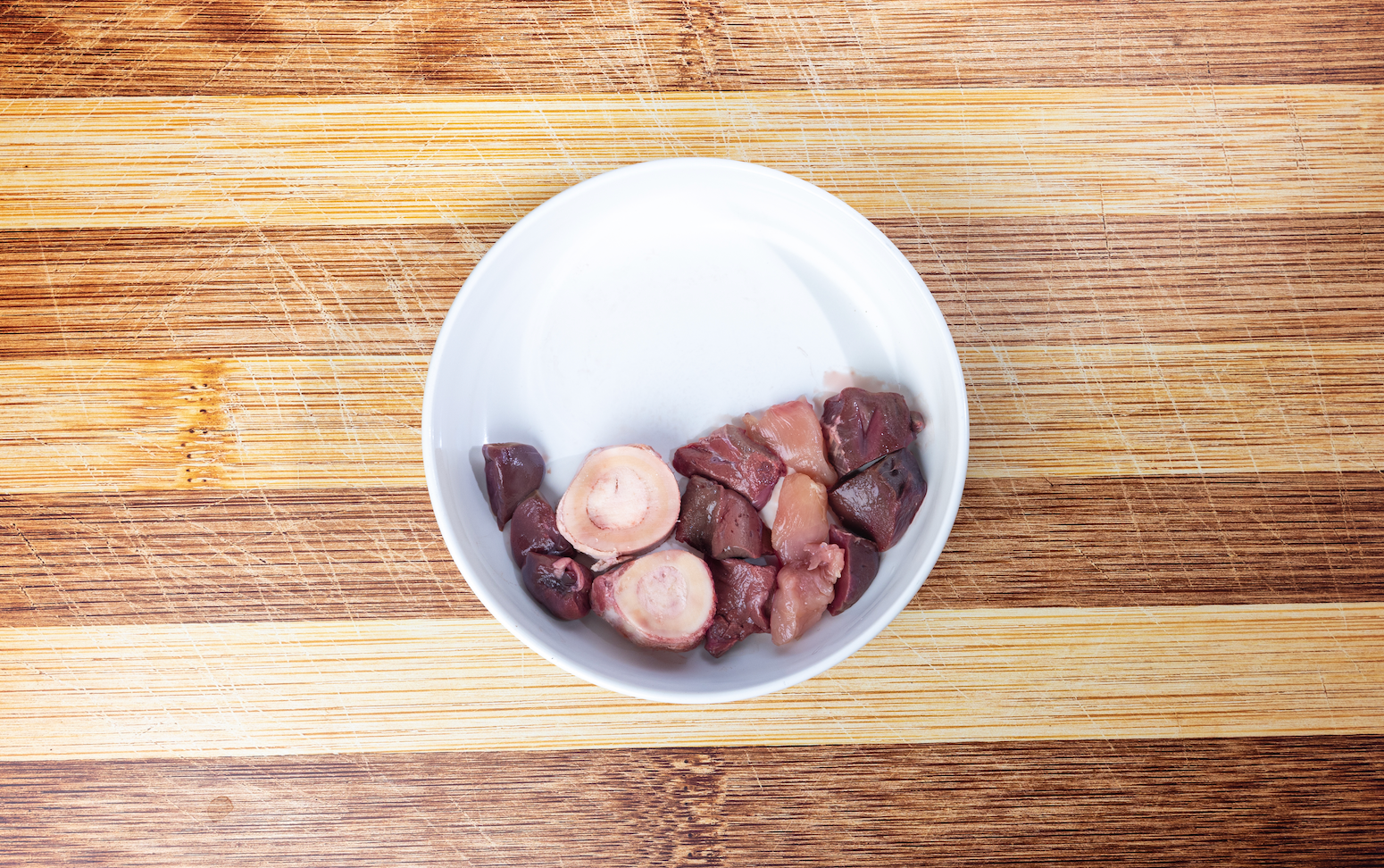
The BARF diet is a raw food diet for dogs that replicates their natural eating habits in the wild. It consists of:
-
Raw meaty bones
-
Muscle meat
-
Organs
-
Fruits
-
Supplements
This diet offers numerous health advantages compared to traditional commercial pet foods, which often lack the nutritional benefits of a raw diet. By following the BARF diet, you can provide your dog with balanced and healthy meals that are natural and nutritious.
Many pet owners are turning to the BARF diet because of its health benefits, which include enhanced digestion, increased nutrient absorption, and a bolstered immune system. When transitioning your dog to a BARF diet, you need to take precautions like maintaining good hygiene during raw meat handling and gradually introducing raw foods.
Components of a Balanced BARF Diet

A balanced BARF diet includes:
-
Raw meaty bones for calcium and phosphorus
-
Muscle meat for protein
-
Organ meats for essential nutrients
-
Supplements to ensure complete nutrition
Each of these components plays a crucial role in maintaining your dog’s health and wellbeing.
We will delve into the benefits of each of these components below.
Raw Meaty Bones
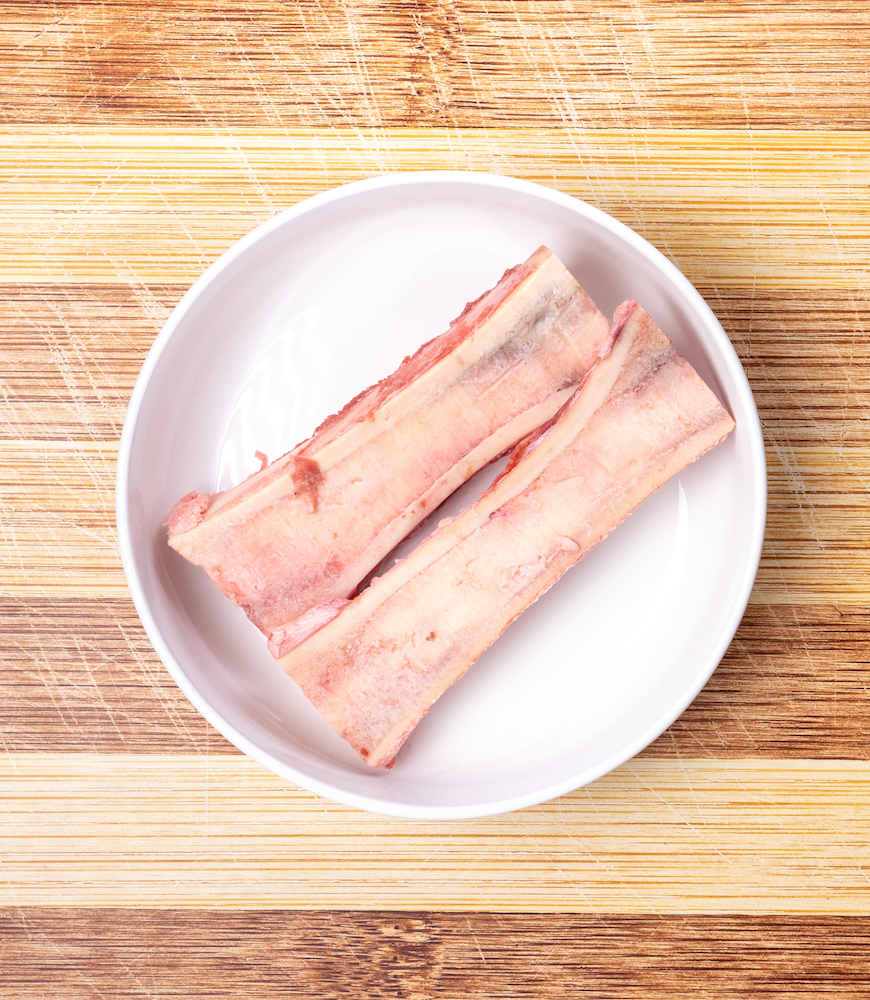
Raw meaty bones, such as chicken necks, wings, and backs, provide essential calcium and phosphorus for dogs, promoting strong teeth and bones. These bones are a crucial part of a BARF diet, as they can supply necessary nutrients not adequately provided by some commercial dog foods. Feeding raw bones also helps maintain your dog’s dental health, as the act of chewing on bones helps to clean their teeth and prevent the buildup of plaque and tartar.
Keep in mind, never feed cooked bones to dogs as they can splinter, leading to choking hazards or internal injuries. Always opt for raw bones when feeding your dog a BARF diet.
Muscle Meat
Muscle meat is a vital source of protein and amino acids for dogs, supporting muscle growth and overall health. The BARF diet includes muscle meat from a variety of sources, such as:
-
beef
-
pork
-
lamb
-
chicken
-
turkey
-
fish
This dog’s diet provides a diverse and nutritious meal plan for your canine companion.
The inclusion of muscle meat in a BARF diet brings essential nutrients and proteins, promoting your pet’s muscle growth and overall health. This is particularly important for active dogs, as they require a higher protein intake to maintain their energy levels and muscle mass.
Organ Meats
Organ meats, such as liver, heart, and kidneys, are nutrient-dense and provide essential vitamins and minerals for dogs, promoting optimal health. These organ meats are often included in raw dog food recipes, as they offer a wide range of nutrients that are crucial for your dog’s wellbeing.
Inclusion of organ meats in a BARF diet contributes to your dog’s intake of necessary vitamins and minerals, promoting a healthy life. Remember to source fresh, high-quality organ meats from reputable suppliers to ensure the safety and nutritional value of your dog’s meals.
Supplements
While a BARF diet provides many essential nutrients, supplements can be added to ensure complete and balanced nutrition for dogs, addressing any potential deficiencies. Common supplements for a BARF diet include fish oil, kelp, and probiotics, which can help support your dog’s overall health.
Before adding supplements to a BARF diet, it’s wise to consult a veterinarian to ensure they meet your dog’s specific needs. This is particularly important for dogs with specific dietary requirements or health conditions.
Health Benefits of the BARF Diet

By closely matching dogs’ biology, the BARF diet provides natural and nutritious food that yields numerous health benefits, including:
-
Improved digestion
-
Reduced allergies
-
Ideal weight maintenance
-
Healthier coat
-
Increased energy levels
-
Stronger immune system
Feeding a biologically appropriate raw diet, also known as a raw meat diet, can lead to these benefits thanks to the high-quality, fresh ingredients used in the biologically appropriate raw food, which encourages pets to eat raw food as part of their raw food diets.
Additionally, the BARF diet grants you more control over your dog’s nutrition, allowing for meal customization based on their specific needs and preferences. This can be particularly beneficial for dogs with food allergies or sensitivities, as you can easily exclude any problematic ingredients from their meals.
Nutritional Benefits of BARF
Significant improvement in gut health stands as one of the key nutritional benefits of the BARF diet. The balanced diet provided by the BARF model is abundant in natural enzymes, probiotics, and prebiotics, helping to maintain a healthy digestive system and reduce the likelihood of gastrointestinal issues.
The BARF diet supports the immune system in the following ways:
-
It has a balanced composition of vitamins, minerals, and antioxidants.
-
This combination of nutrients helps to bolster the immune system.
-
It reduces the likelihood of illnesses.
Overall, the BARF diet offers a healthier and more natural alternative to commercial dog food, providing a wealth of nutritional benefits for your canine companion.
Transitioning Your Dog to a BARF Diet
Although transitioning your dog to a BARF diet might seem overwhelming at first, with proper guidance, a gradual approach, and a solid understanding of how to prepare and serve a balanced raw diet, the process can be smooth and rewarding. Gradual introduction of raw foods and consultation with a veterinarian are critical steps in this transition.
Throughout the transition, it’s essential to keep track of your dog’s progress and make diet adjustments as necessary, considering your dog’s usual feeding schedule. This can involve observing their weight, energy levels, and overall health, as well as checking for any signs of digestive upset or food sensitivities.
Preparing and Serving a BARF Diet
Preparing and serving a BARF diet involves:
-
Weighing portions based on your dog’s size and activity level
-
Feeding whole cuts of meat
-
Introducing a variety of meats and raw bones
-
Including fruits and vegetables
It’s crucial to handle raw meat safely and to store it properly to avoid any foodborne illnesses.
As you introduce new foods, starting with a single protein source and gradually adding more variety over time can be beneficial. This can help you identify any food intolerances or allergies and ensure a smooth transition to the new diet.
Remember that patience and persistence are key when transitioning your dog to a BARF diet.
Why Commercial Dog Food Doesn't Cut it
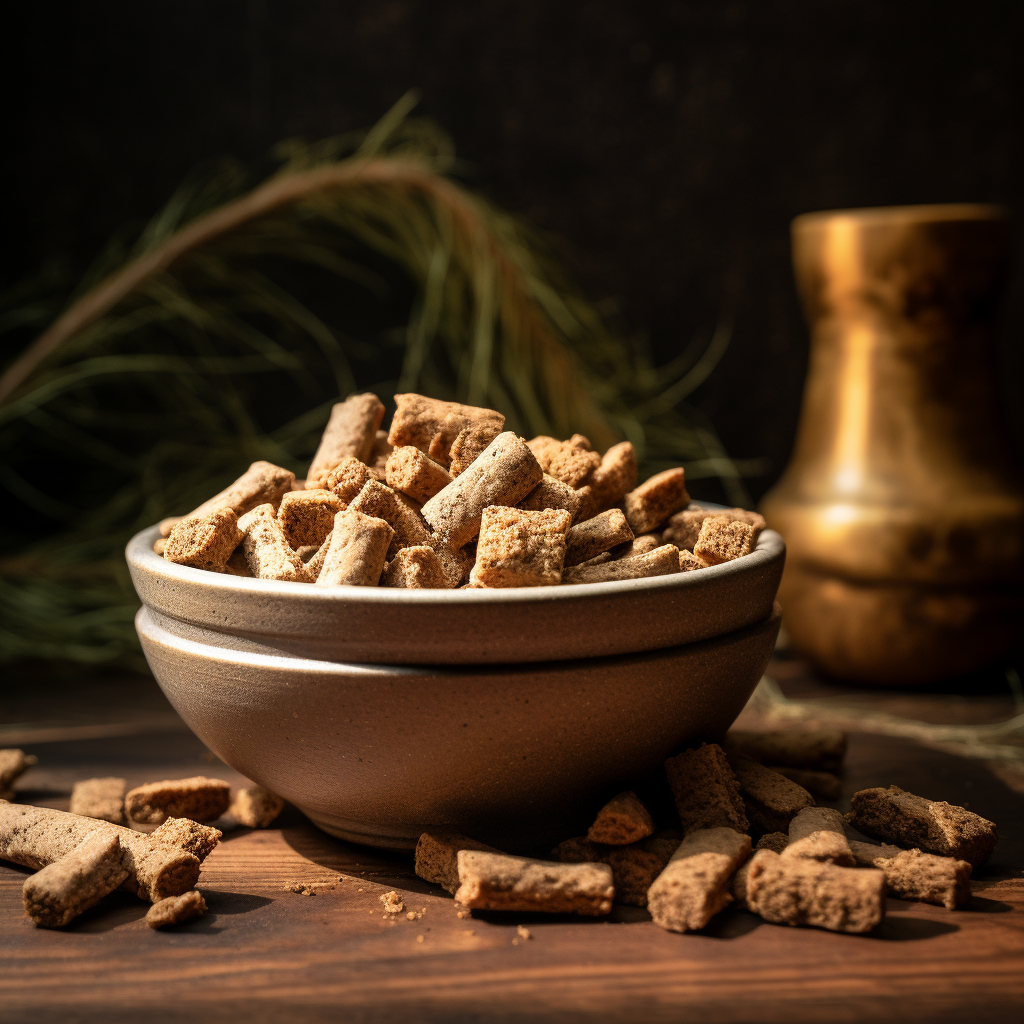
The nutritional benefits often found in a raw diet are commonly lacking in commercial dog food, which can lead to potential health issues for your pet. Many commercial dog foods contain fillers, additives, and artificial preservatives, which can contribute to health problems such as obesity, allergies, and digestive issues. The BARF diet, on the other hand, provides natural, wholesome ingredients that are more closely aligned with your dog’s biological needs and raw dog food diets, making it an excellent choice for raw pet food.
Despite the myriad health benefits of the BARF diet, we must acknowledge that some pet owners might find the process of creating a balanced raw diet challenging due to the time and effort involved in acquiring ingredients, meal preparation, and maintaining the right nutrient balance. This is where incorporating whole prey treats can help bridge the gap between commercial and raw diets, providing additional nutrients and variety for your dog.
How to Incorporate Whole Prey Treats
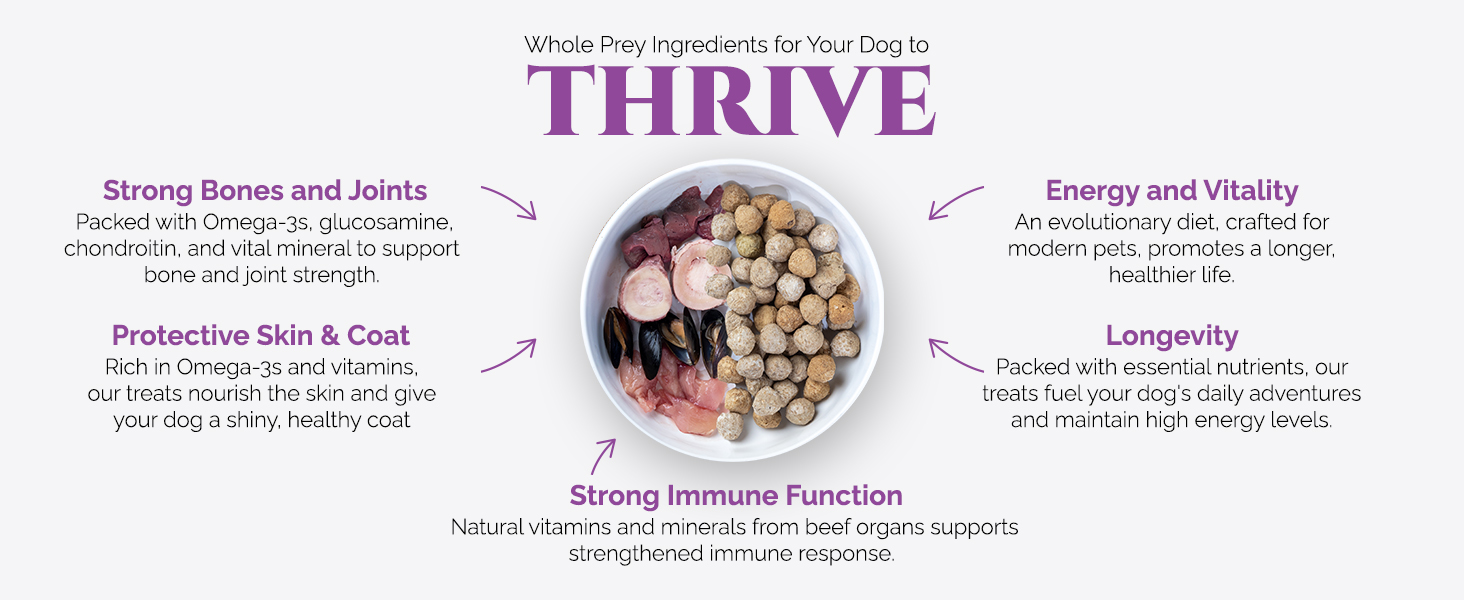
Whole prey treats, such as freeze-dried organs or raw meaty bones, or blended treats like Heart of the Canine, can be incorporated into your dog’s diet as a natural pet food option, providing additional nutrients and variety. These treats offer a nutritious choice for pets, consisting of raw and frozen animal prey, such as quails or squids, with feathers, organs, and bones still intact.
To include whole prey treats in your dog’s diet, simply offer them alongside their regular meals or as a special treat. Be sure to choose treats that are appropriate for your dog’s size and activity level, and always monitor your dog while they enjoy their whole prey treat to ensure their safety.
Customizing the BARF Diet for Your Dog's Needs
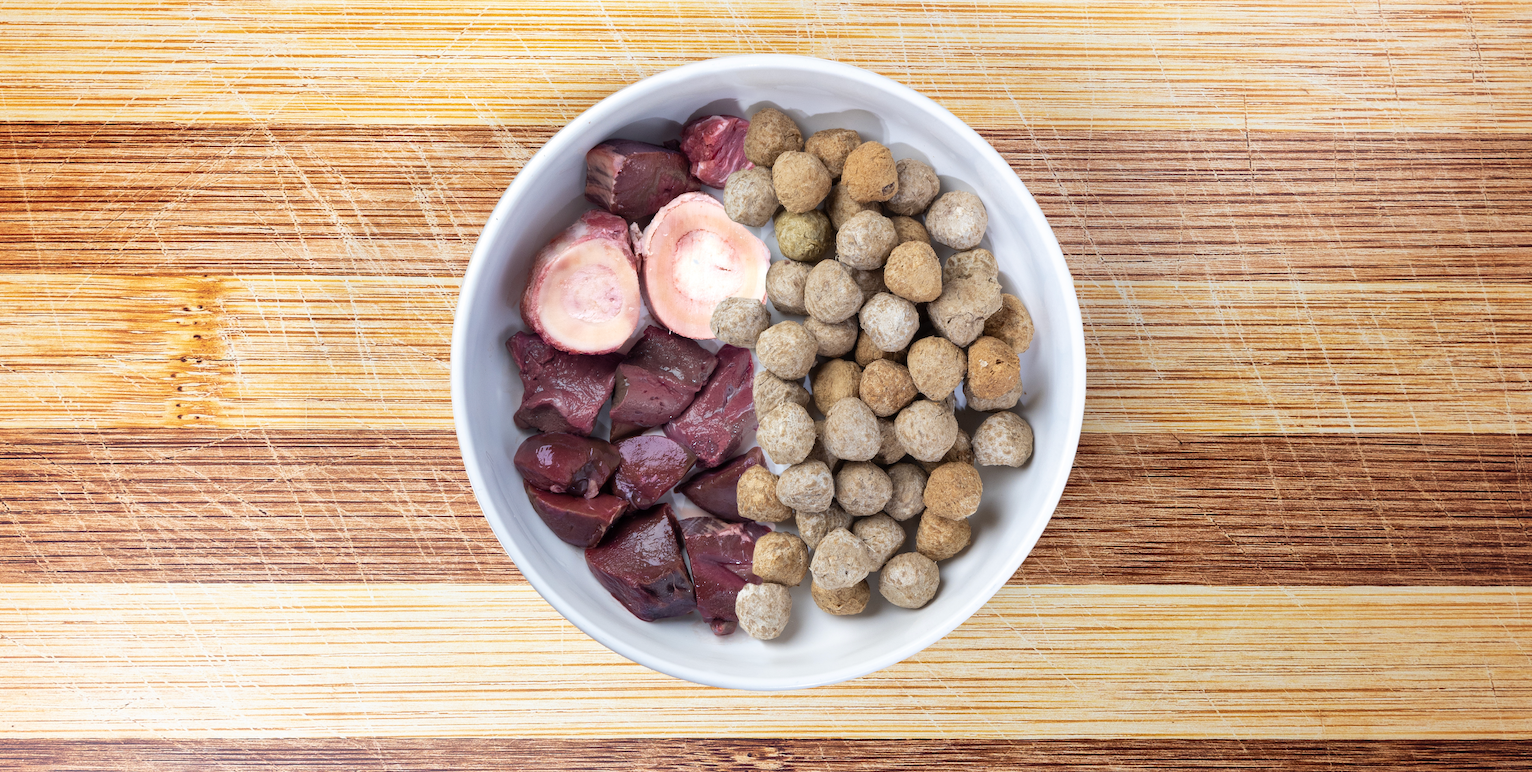
Recognizing that every dog is unique, it’s essential to tailor the BARF diet to your dog’s specific needs, ensuring an optimal, balanced, and appropriate diet for their health. Factors such as:
-
age
-
weight
-
activity level
-
any existing health conditions
Should be considered when tailoring the BARF diet to your dog’s individual requirements.
By closely monitoring your dog’s progress and adjusting their diet as needed, you can ensure they receive the right balance of nutrients to support their health and wellbeing. Don’t hesitate to consult with a holistic veterinarian or pet nutritionist for guidance on customizing the BARF diet for your dog’s unique needs.
Summary
In summary, the BARF diet offers a more natural, wholesome alternative to commercial dog food, providing numerous health benefits for your canine companion. By incorporating raw meaty bones, muscle meat, organ meats, and supplements, you can create a balanced and nutritious diet tailored to your dog’s specific needs.
Choosing the BARF diet for your dog can lead to improved digestion, reduced allergies, ideal weight maintenance, and overall health improvements. With patience, persistence, and guidance from a veterinarian, you can successfully transition your dog to a BARF diet and provide them with the best possible nutrition for a long, healthy life.
Frequently Asked Questions
Is a BARF diet good for dogs?
Overall, a BARF diet is a great option for providing dogs with essential nutrients and balanced meals. It can be highly beneficial if wild, whole prey is not regularly fed.
What is the difference between raw and BARF diet?
Raw diets are easier for pets to digest, leading to smaller stools and cleaner litter boxes.
The B.A.R.F diet additionally includes animal parts that humans usually avoid, reducing waste.
What meat is good for BARF diet?
Beef, turkey, pork, organ meats, and ground raw bones are all suitable for a BARF diet, although the type of bone should be chosen depending on your dog’s teeth and digestive tract.
How do you prepare a dog for BARF?
To prepare a BARF diet for your dog, introduce the diet gradually, ensure you stick to their usual feeding schedule, weigh out portions, feed them whole cuts of meat, include a variety of meats, feed raw bones, add plenty of fruits and vegetables, and offer dairy products.
Can dogs eat raw meat?
Raw meat can be a part of a dog’s diet in small amounts, however, it should not be the main source of nutrition as it can lead to nutritional deficiencies and has potential risks of carrying bacteria that can make both animals and humans sick.
If you do decide to feed your dog raw meat or raw bones, ensure that it is only human-grade and handled with proper food safety precautions.
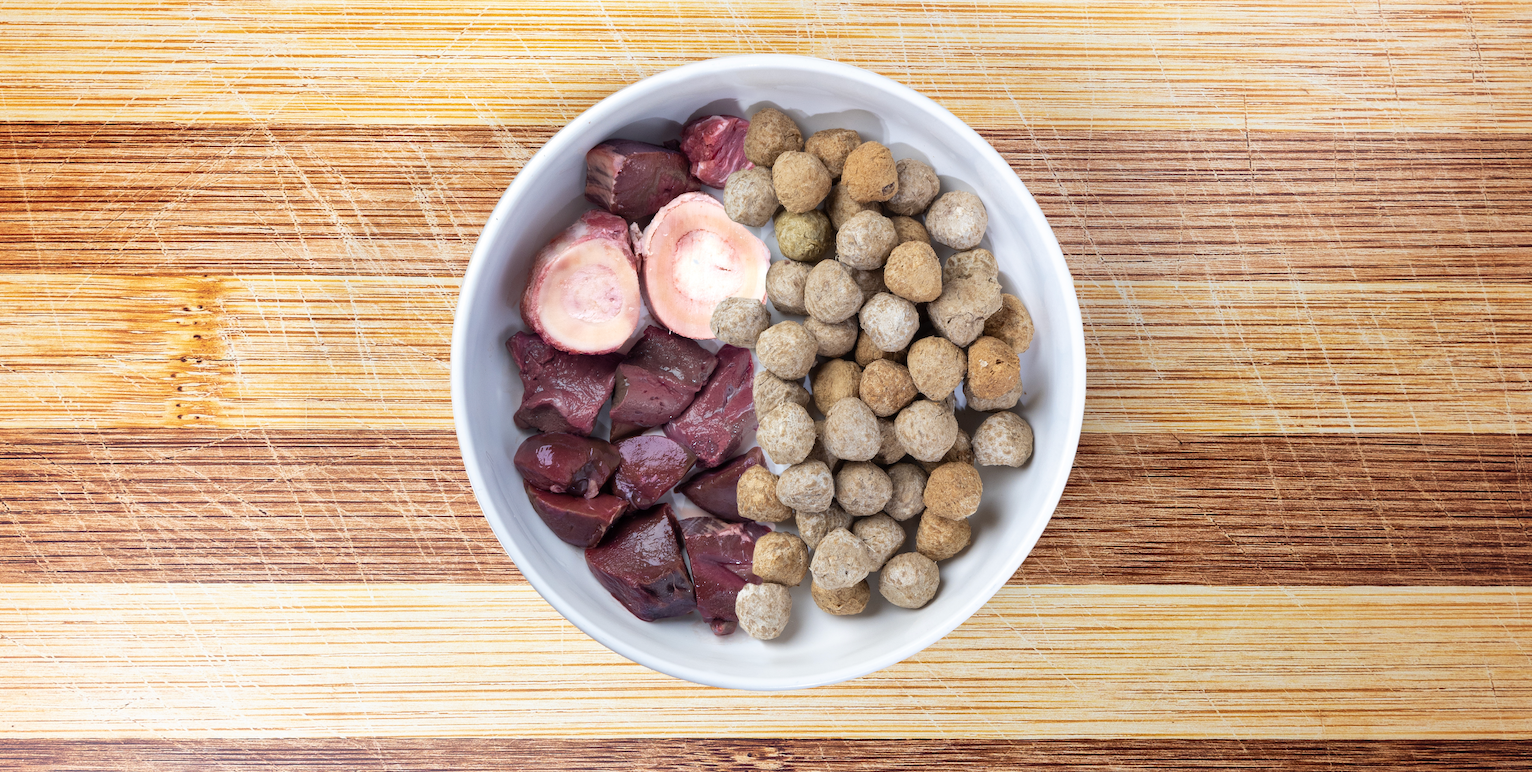


Comments